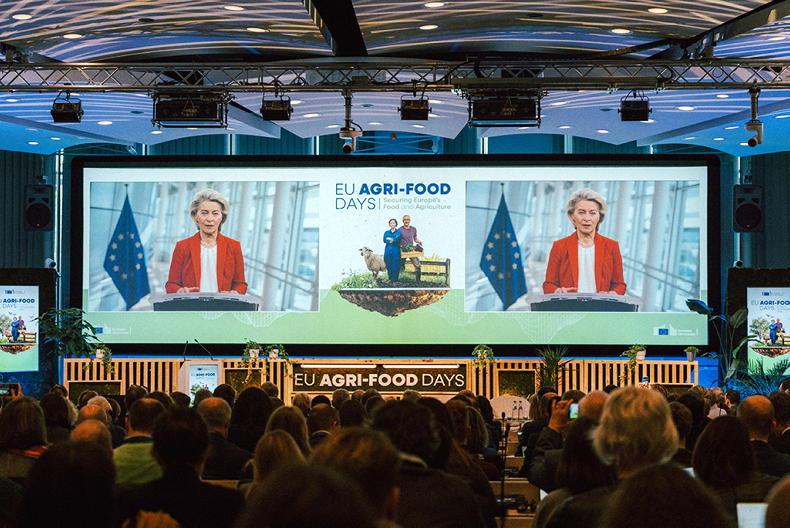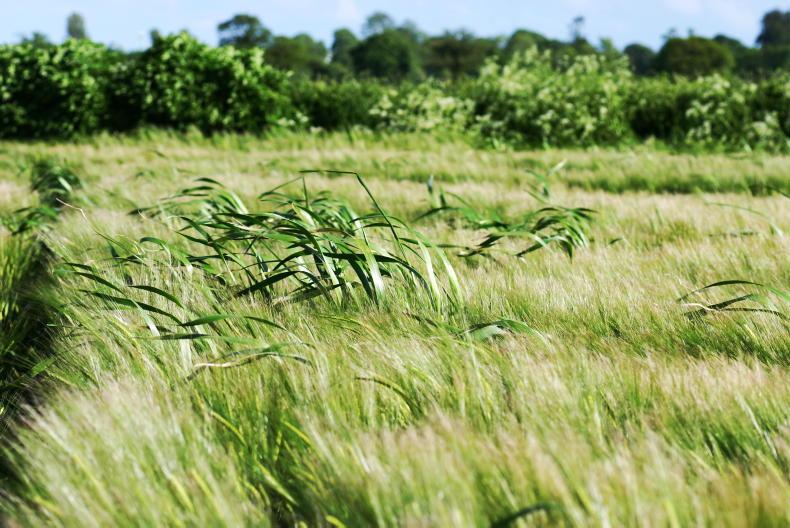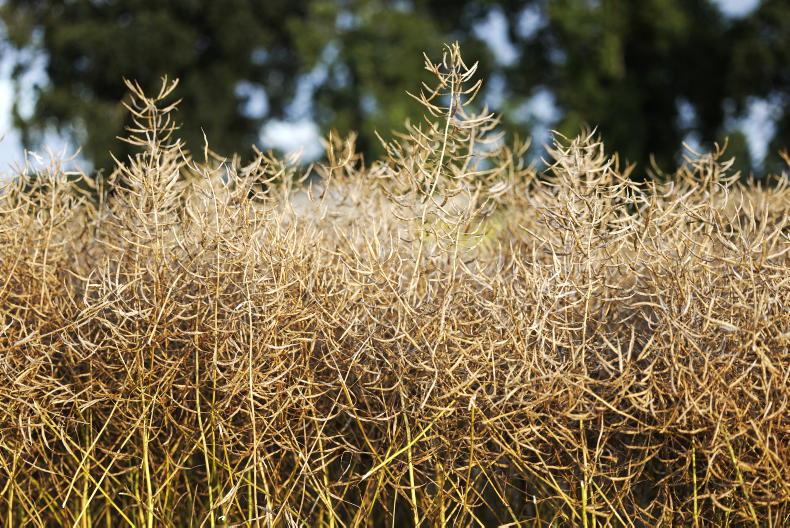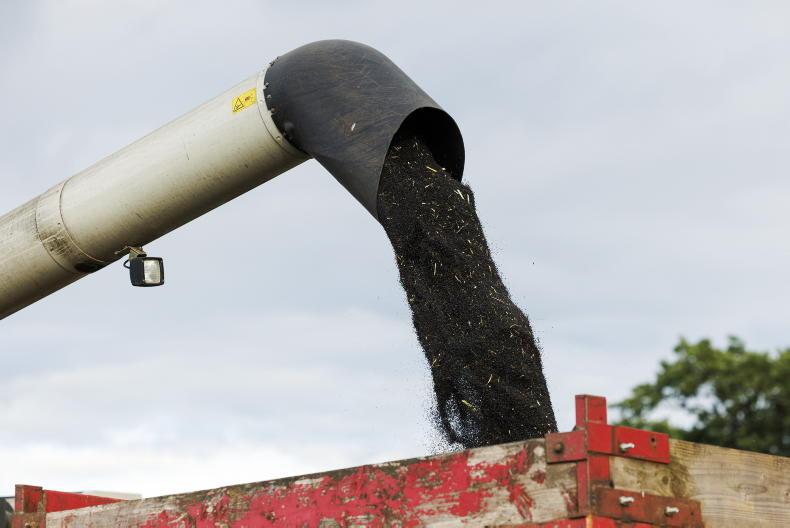After four to five years of low prices, farmers will certainly hope that next year will offer something better.
Most, but not all, growers had a good yield on most crops in 2017 and the perennial hope is for the elusive combination of high yield and high price next year.
So what might happen in 2018?
Well, it’ll take a better man than me to say what will happen prices, but the odds of getting a lower global harvest have to be increasing. However, that is not something that can be predicted until the time comes.
There is already some potentially good news to favour price sentiment. News of lack of snow cover on winter crops in the US and central Europe could result in frost damage if the weather gets cold enough, but that will not be known until spring. Now, it is only one of the factors that might influence production, and possible prices, next harvest.
Once acres go into the ground, the market assumes that a normal yield will result. And that may remain the case until the combines roll.
On this side of the Atlantic, many regions had difficulty getting winter crops planted because of wet conditions and, like in Ireland, a lot of planting took place much later than normal. Such crops are more prone to poor establishment, winter kill, damage by pests and even drought if it occurs later.
All of these factors are potential realities for the market but, with almost 500 million tonnes of grain in stock globally, it will take a number of big problems to inject upward pace into grain markets.
On this island we have fewer acres planted to winter crops. That means fewer tonnes next harvest and the situation is similar in other EU countries. With most markets currently affected by cheap maize imports, what happens corn production globally is of huge significance to the price of all cereals.
In real terms we can’t fix the price of feed grains; it has to fix itself. But growing acres or parts of acres that do not leave a positive financial return only produces more tonnes to help keep the price down.
Most land took a bit of a pounding through last harvest getting crops out and straw baled.
This may have an impact on field performance in 2018 unless the weather is very kind later.
For me, yield remains the critical factor. Yield, plus premium, is what generates the income but not at any price. We spend too much money in some fields to leave a return. Sharpen the pencil as to what costs are fully justified.
Two bits of advice. Ask what annual costs could be eliminated in time by alternative husbandry. Start feeding worn land with organic matter of any sort to help build the yield potential of your land.
One fear for the year ahead would be the impact of high potato yields this year on prices.
Read more
Outlook 2018: optimism that dairy can add another good year
Outlook 2018: Brexit will affect a growing national flock
Outlook 2018: five things beef farmers need in 2018
After four to five years of low prices, farmers will certainly hope that next year will offer something better.
Most, but not all, growers had a good yield on most crops in 2017 and the perennial hope is for the elusive combination of high yield and high price next year.
So what might happen in 2018?
Well, it’ll take a better man than me to say what will happen prices, but the odds of getting a lower global harvest have to be increasing. However, that is not something that can be predicted until the time comes.
There is already some potentially good news to favour price sentiment. News of lack of snow cover on winter crops in the US and central Europe could result in frost damage if the weather gets cold enough, but that will not be known until spring. Now, it is only one of the factors that might influence production, and possible prices, next harvest.
Once acres go into the ground, the market assumes that a normal yield will result. And that may remain the case until the combines roll.
On this side of the Atlantic, many regions had difficulty getting winter crops planted because of wet conditions and, like in Ireland, a lot of planting took place much later than normal. Such crops are more prone to poor establishment, winter kill, damage by pests and even drought if it occurs later.
All of these factors are potential realities for the market but, with almost 500 million tonnes of grain in stock globally, it will take a number of big problems to inject upward pace into grain markets.
On this island we have fewer acres planted to winter crops. That means fewer tonnes next harvest and the situation is similar in other EU countries. With most markets currently affected by cheap maize imports, what happens corn production globally is of huge significance to the price of all cereals.
In real terms we can’t fix the price of feed grains; it has to fix itself. But growing acres or parts of acres that do not leave a positive financial return only produces more tonnes to help keep the price down.
Most land took a bit of a pounding through last harvest getting crops out and straw baled.
This may have an impact on field performance in 2018 unless the weather is very kind later.
For me, yield remains the critical factor. Yield, plus premium, is what generates the income but not at any price. We spend too much money in some fields to leave a return. Sharpen the pencil as to what costs are fully justified.
Two bits of advice. Ask what annual costs could be eliminated in time by alternative husbandry. Start feeding worn land with organic matter of any sort to help build the yield potential of your land.
One fear for the year ahead would be the impact of high potato yields this year on prices.
Read more
Outlook 2018: optimism that dairy can add another good year
Outlook 2018: Brexit will affect a growing national flock
Outlook 2018: five things beef farmers need in 2018












SHARING OPTIONS